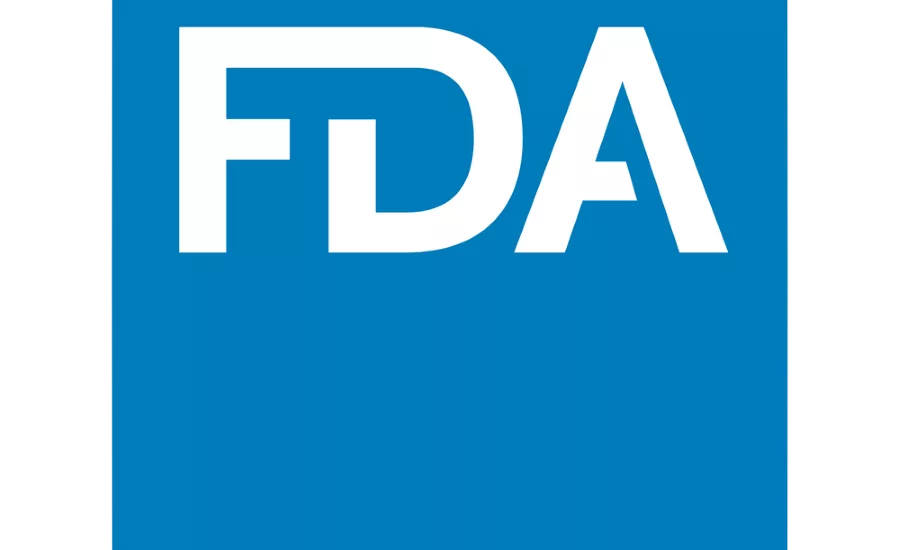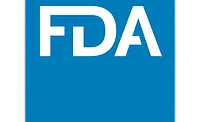FDA Shares Results on PFAS Testing in Seafood
The FDA has made available testing results for PFAS in seafood samples collected at retail.

In a Constituent Update issued by the FDA, the agency has made available testing results for per- and polyfluoroalkyl substances (PFAS) in seafood samples collected at retail. The FDA conducted this limited survey as a preliminary step to determine if a more targeted or larger seafood survey should be conducted. Tested were 81 samples of clams, cod, crab, pollock, salmon, shrimp, tuna and tilapia, most of which were imported to the U.S. The FDA individually evaluated the PFAS detected that have toxicological reference values. The FDA determined that the estimated exposure to perfluorooctanoic acid (PFOA), a type of PFAS, from the samples of canned clams, which were from China, is likely a health concern. For the canned clam samples with the two highest levels of PFOA, the FDA found that there would be a potential health concern for consumers who eat more than approximately 10 oz. of these clams per month, except for young children, who should limit consumption to 2 oz. per month.
Research has shown that exposure to PFOA is associated with several serious health outcomes, including developmental effects, changes to liver function, reduced immune response and increases in certain types of cancer. The levels of the other types of PFAS evaluated in the clams, as well as the PFAS evaluated for all other seafood samples are not likely to be a health concern. The FDA says it is working to determine the extent of PFOA in imported canned clams and PFAS in clams overall and taking action to ensure the continued safety of the U.S. food supply.
After learning the results of the FDA’s testing in their products, the two distributors of the samples with the two highest levels of PFOA are voluntarily taking action to protect consumers. One of the firms issued a voluntary recall for all products within the identified Universal Product Code (UPC), which can be found below the bar code on the back of the package. In addition, the second firm has also committed to a voluntary recall of its canned clam products that were included in FDA’s testing.
The FDA says it is actively engaged with all of the canned clam distributors that had products sampled to better understand potential sources of contamination, which could help the firms take action to reduce consumer exposure to PFOA from their products, for example, reducing the level of PFOA in their canned clams through product sourcing. The FDA will also test imported clams and take action as appropriate. In addition, the agency plans to conduct broader testing of canned and fresh clams, both imported and domestically harvested, to better understand PFAS levels to determine the best approach for protecting public health.
The FDA initiated this seafood survey based on its prior testing of foods from the general food supply obtained from the FDA’s Total Diet Study (TDS), which found relatively low levels of PFAS in a few seafood samples. The percentage of seafood samples with detectable PFAS, the types of PFAS detected, and the levels detected in multiple samples are higher in this survey than have been found in the overall TDS samples. This is not unexpected, as seafood may be at increased risk for PFAS contamination from the environment. Therefore, the FDA tested more samples of specific types of seafood, and in this survey its researchers tested for certain types of PFAS that have been identified in the literature as being more prevalent in seafood. Additionally, other studies in the scientific literature on clams from China and Europe have reported a range of levels of PFOA, including elevated levels. As the science evolves and as FDA researchers and food safety experts advance understanding of PFAS in foods, the FDA will follow the data to help inform the U.S. regulatory approach to PFAS in foods. The new information will be shared with the public on fda.gov as it becomes available.
For consumers wondering if they should change their dietary habits related to seafood, the FDA reiterates its recommendation that adults and children eat a variety of age-appropriate healthy foods, including seafood. Seafood as a part of a healthy diet provides many nutritional benefits that for children include brain development and boosted immune system, and for adults, heart and bone health benefits, as well as help in reducing the risk of certain cancers. People who regularly eat or feed their children canned clams from China may want to reduce overall intake until more information is available.
Looking for a reprint of this article?
From high-res PDFs to custom plaques, order your copy today!







